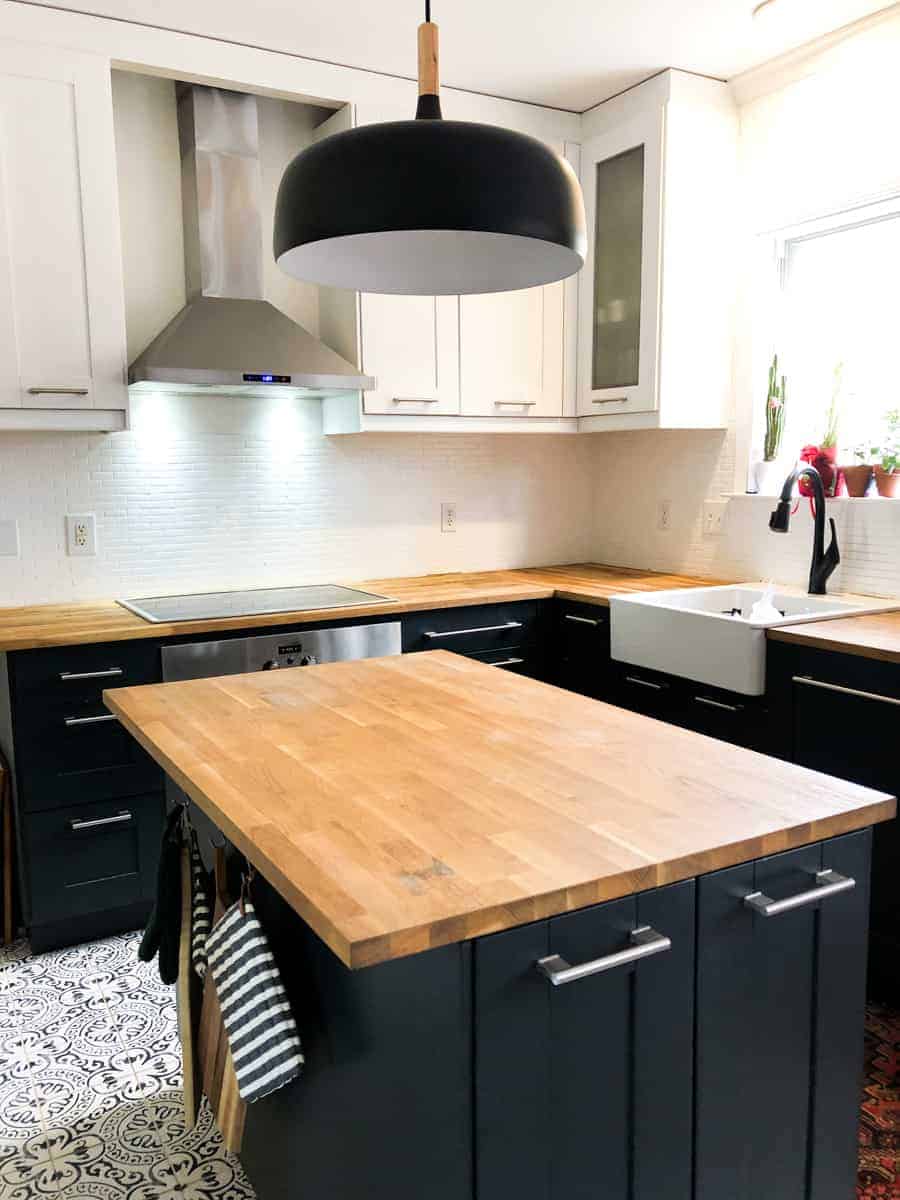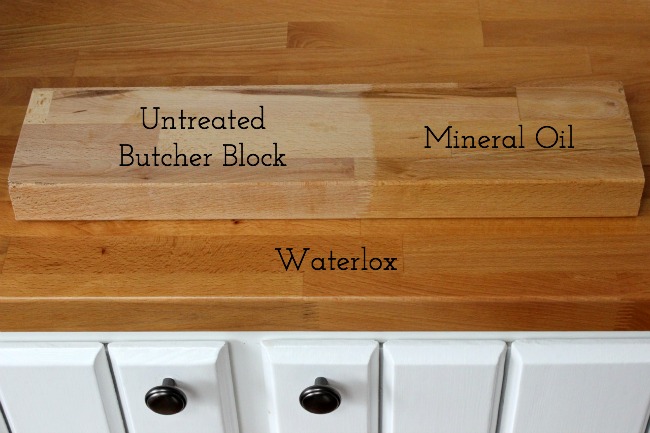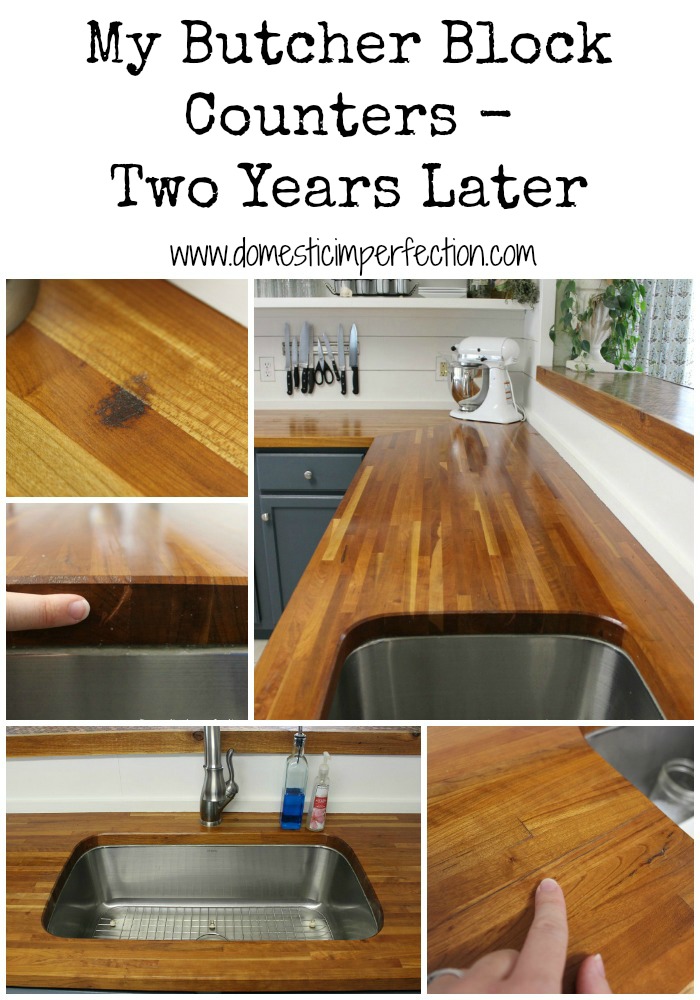Butcher block countertops have become a popular choice for many homeowners due to their natural, warm appearance and durability. These countertops bring a touch of rustic charm to kitchens and other spaces, blending seamlessly with various design aesthetics. However, unlike stone or quartz, wood is porous and requires more frequent care to maintain its appearance and functionality.
Proper sealing is essential to keep the countertop looking great and prevent issues such as water damage, stains, and bacterial growth. Sealing a butcher block countertop helps to create a protective layer over the wood, reducing its porosity and making it more resistant to moisture and staining. Butcher block countertops need to be regularly sealed, but the frequency and type of sealer used depend on factors such as the type of wood, the amount of use, and personal preference.
There are several types of sealers to choose from, each with its benefits and potential drawbacks. One popular option is mineral oil, which is food-safe and easy to apply. Mineral oil penetrates deeply into the wood and keeps it hydrated, preventing cracking and warping. However, because it is a lighter oil, it needs to be applied more frequently, especially in the first few months of use.
Another common choice is beeswax, often mixed with mineral oil or other oils to create a paste. Beeswax offers additional protection and creates a slightly more durable seal than oil alone, making it ideal for food-prep surfaces. Tung oil and linseed oil are also popular, as they penetrate deeply and provide a more water-resistant finish. However, these oils can darken the wood over time and take longer to dry, making them less convenient for some users.
Some homeowners prefer a more permanent sealing option, such as polyurethane. Polyurethane forms a hard, glossy layer over the surface, protecting it from moisture, stains, and scratches. While this option provides excellent durability and reduces the frequency of resealing, it is not typically food-safe, meaning you should avoid direct food contact on the countertop if using polyurethane.
For those wanting a more natural finish, there are also plant-based oils and waxes, which are biodegradable and non-toxic. These products often contain blends of oils like coconut, walnut, and olive, providing effective sealing without synthetic chemicals. However, these natural options may need frequent application, especially in high-use kitchens.
The process of sealing a butcher block countertop begins with preparing the surface. Cleaning the countertop thoroughly is crucial to ensure that dirt, grime, and bacteria do not get trapped under the sealant. Use a mild dish soap and warm water, then wipe down the surface and allow it to dry completely. After drying, it is helpful to sand the countertop lightly to create a smooth, even surface. Using fine-grit sandpaper, typically around 220-grit, will allow the sealant to adhere better to the wood. After sanding, make sure to remove all dust with a damp cloth or a vacuum designed for wood dust. This preparation step will help ensure that the sealant penetrates evenly and lasts longer.

Applying the sealer is the next step, and this can be done using a clean, lint-free cloth or brush. If using mineral oil, pour a generous amount of oil onto the surface and rub it in, moving along the wood grain. Allow the oil to sit for a few hours or even overnight to enable deep penetration, then wipe away any excess with a dry cloth. For wax-based products, you’ll need to work the paste into the wood using small circular motions, making sure to cover all areas evenly. Allow it to sit for at least an hour, then buff the surface to a smooth finish. With polyurethane or varnish, it’s essential to apply thin, even coats, allowing each coat to dry fully before applying the next one. This process might require two to three coats for maximum durability, with light sanding between each layer.
Once sealed, maintaining a butcher block countertop is relatively straightforward. Regular cleaning with a damp cloth and mild soap will help keep it sanitary. Avoid using harsh chemicals or abrasive scrubbers, as they can break down the sealer and damage the wood underneath. It’s also a good idea to reapply your chosen sealer every few months, depending on the frequency of use. With oil-based finishes, monthly applications may be necessary at first, while wax or polyurethane-sealed countertops can often go six months to a year without needing a new coat. A good rule of thumb is to check if water beads up on the surface; if it does not, it’s time to reseal.
One essential aspect of butcher block countertop care is avoiding excess moisture. Wood can swell, warp, or even develop mold if exposed to water for prolonged periods. This is why sealing is so important, as it helps protect the wood fibers from absorbing water. Use trivets for hot pots and pans, as direct heat can weaken the sealant and damage the wood. Avoid cutting directly on the countertop as well; while butcher blocks are often durable enough to handle knife marks, it’s better to use a cutting board to prevent scratches that can penetrate the sealant and expose raw wood underneath.

For those who use their butcher block countertop extensively, especially for food preparation, maintaining a food-safe surface is a top priority. Mineral oil or a beeswax-mineral oil blend is recommended, as they are non-toxic and easy to reapply as needed. These products will need more frequent reapplication but ensure that the countertop remains safe for food preparation. Some users prefer natural oils for their food-safe properties and the fact that they’re environmentally friendly. However, if there are any nut allergies in the household, it’s best to avoid oils like walnut or almond oil.
While sealing is essential, regular inspection of the countertop is equally important. Look for any signs of wear, water damage, or scratches. Small scratches can often be fixed with light sanding, followed by reapplying the sealer. Deep scratches or stains may require more intensive sanding, but the benefit of wood countertops is that they can be sanded down and resealed multiple times without losing their beauty. Proper care and maintenance allow butcher block countertops to age beautifully, often developing a rich patina that enhances their appearance over time.
When it comes to daily care, consider using cutting boards for any heavy-duty cutting or chopping. Not only will this prolong the life of the countertop, but it will also help keep the sealer intact for longer. Avoid placing wet items directly on the wood, and wipe up any spills as soon as possible to prevent staining. Many people find that a quick wipe-down at the end of each day, combined with a deep cleaning and resealing routine every few months, is enough to keep the countertop looking and functioning well.

Common Mistakes to Avoid
Skipping the Initial Sealing: Some people mistakenly assume that wood countertops are fine without a sealant. Unsealed butcher block countertops are prone to water damage, staining, and bacteria buildup. The initial sealing process is vital to protect the wood from the start.
Using the Wrong Sealer: Using a non-food-safe sealer on a countertop intended for food preparation is a common mistake. Always ensure the sealer used is appropriate for food contact, especially if food will come into direct contact with the surface.
Not Reapplying Sealant Regularly: Over time, the sealant can wear off, leaving the wood vulnerable. Failing to reseal can lead to stains, water damage, and even cracks. Make it a habit to check the countertop’s surface and apply additional coats as needed.
Using Harsh Cleaners: Harsh chemicals and abrasive scrubbers can strip the sealant and damage the wood. Stick to gentle cleaning agents and soft cloths to keep the countertop in good shape.
Ignoring Spills: Allowing water or food spills to sit on the countertop for extended periods can lead to staining and water damage. Always wipe up spills promptly to prevent them from seeping into the wood.
Not Sanding Before Resealing: Some people skip sanding before reapplying a sealant. Sanding helps remove any rough patches or minor stains and allows the new coat of sealer to adhere better, leading to a longer-lasting finish.

How often should I reseal my butcher block countertop?
The frequency of resealing depends on the type of sealer used and the countertop’s usage. For mineral oil or beeswax finishes, monthly applications may be necessary at first, while polyurethane or varnish coatings may last six months to a year. Check if water beads up on the surface; if it does not, it’s time to reseal.
Is mineral oil the best sealer for butcher block countertops?
Mineral oil is a popular choice due to its food-safe properties and ease of application. It’s ideal for countertops that will have direct food contact. However, it needs frequent reapplication. For more durable options, some people use beeswax or polyurethane, depending on their needs and whether food contact is a factor.
Can I use my butcher block countertop as a cutting surface?
It’s best to use a separate cutting board to preserve the sealer and avoid knife marks. Cutting directly on the countertop can damage the sealant and lead to scratches that allow moisture and bacteria to penetrate the wood.
What should I avoid placing on a butcher block countertop?
Avoid placing wet items, hot pots, and pans directly on the countertop, as these can damage the sealant and warp or stain the wood. Use trivets and ensure any spills are wiped up promptly to maintain the countertop’s quality.
Is it safe to use varnish or polyurethane on a butcher block countertop?
Varnish and polyurethane provide a durable, long-lasting seal, but they are not typically food-safe for direct contact. If you use these finishes, avoid direct food contact or use them on sections of the countertop that aren’t intended for food prep.
How can I remove stains or scratches from my butcher block countertop?
Light stains or scratches can often be removed by gently sanding the affected area, then reapplying the sealer. For deeper stains, a more thorough sanding may be necessary. Regular maintenance helps prevent significant wear, making small repairs manageable.

how to seal butcher block countertops

How We Refinished our Butcher block Countertop – Chris Loves Julia

How to Finish and Install Butcher Block Countertop – Cherished Bliss

Choosing a Wood Countertop Sealer – J. Aaron

Related articles:
- Butcher Block Countertops Decor
- Butcher Block Countertops Cottage
- Stain Butcher Block Countertops
- Butcher Block Countertops Vintage
- Butcher Block Countertop Farmhouse Sink
- Mahogany Butcher Block Countertops
- Butcher Block Countertop For Kitchen Island
- Can You Paint Butcher Block Countertops
- Butcher Block Countertops With White Cabinets
- Pine Butcher Block Countertops